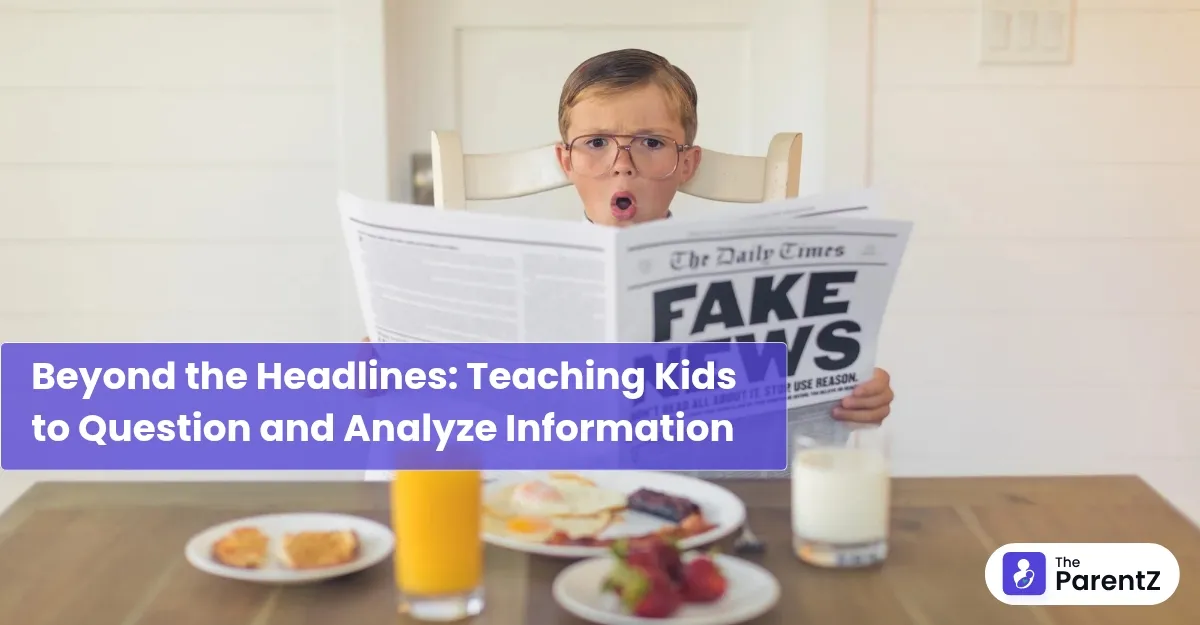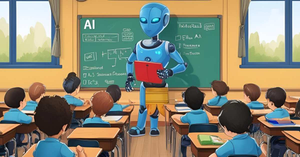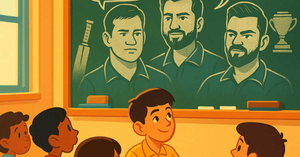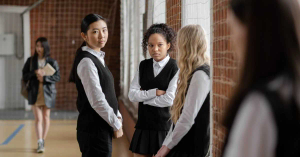Ten-year-old Sofia burst through the door last week, eyes wide with worry. "Mom! We need to prepare for the alien invasion! I saw it online!" After a few questions, her mother discovered Sofia had stumbled across a satirical article her friend had shared, believing it was real news. This moment highlights how vulnerable kids can be in today's information landscape.
With smartphones, social media, and a 24-hour news cycle, our children are consuming more information than any generation before them. But are they equipped to sort fact from fiction? To recognize bias, propaganda, or manipulation? Too often, the answer is no.
Teaching our kids to question and analyze information isn't just about avoiding hoaxes or conspiracy theories. It's about raising independent thinkers who can handle an increasingly complex world with confidence and clarity. It's about empowering them to make better decisions in every aspect of their lives—from what they believe to the choices they make about their future.
Why Critical Thinking Matters for Kids
Think about how much information your child encounters daily—from social media and YouTube videos to conversations with friends and lessons at school. Without the ability to question and analyze this information, kids can:
- Believe false information
- Make decisions based on incomplete facts
- Miss important details or context
- Feel overwhelmed by conflicting messages
On the other hand, when kids learn to think critically, they become confident decision-makers who can more easily handle our complex world.
Simple Steps to Help Kids Question and Analyze Information
1. Model Curiosity
Kids learn by watching us. When you read or hear something interesting (or questionable), say your thoughts out loud:
- "Hmm, I wonder if that's really true..."
- "That's interesting. I'd like to know more about that."
- "Where did they get that information from?"
2. Ask Open-Ended Questions
When discussing news, movies, or even family decisions, ask questions that get kids thinking:
- "What do you think about that?"
- "How do you know that's true?"
- "What might be another way to look at this?"
3. Teach Basic Research Skills
Show kids how to dig deeper when they're unsure about something:
- For younger kids: "Let's look that up in a book."
- For older kids: "Let's check multiple websites to see what different sources say."
4. Play "Fact or Opinion" Games
Make it fun! During car rides or dinner time, share statements and have kids decide if they're facts or opinions. Talk about how to tell the difference.
5. Discuss Media Messages
When watching TV or browsing online, point out advertisements and discuss:
- "Why do you think they're showing the product this way?"
- "Who created this message and why?"
- "What are they not telling us?"
6. Encourage Respectful Skepticism
Teach kids it's okay to question things while remaining respectful:
- "It's great to ask questions, but we also listen carefully to answers."
- "We can disagree with someone's ideas while still respecting them as a person."
Benefits at Every Age
The beauty of teaching kids to question and analyze is that it benefits them at every stage of life:
For Young Children (Ages 3–7)
At this age, kids are learning basic concepts like cause and effect. Asking simple questions like “What happens if we do this?” helps them understand how things work. This builds curiosity and problem-solving skills early on.
When your preschooler questions why they need to wear a raincoat, instead of saying, "Because I said so," use it as a chance to help them think: "What happens when we go out in the rain without protection? How does a raincoat help us?"
For School-Age Kids (Ages 8–12)
Older children start encountering more complex ideas in school and social situations. Teaching them how to compare, contrast, and infer helps them make sense of lessons, friendships, and even news stories they hear.
When your child comes home repeating information from a friend ("Taylor said chocolate milk comes from brown cows!"), use it as an opportunity to explore how they can verify information.
For Teens (Ages 13–18)
Teenagers face big decisions about school, friendships, and their future. Critical thinking helps them evaluate choices—like which subjects to focus on or how to respond to peer pressure—and prepares them for adulthood.
When they want something because "everyone has it," help them analyze whether that's truly the case and if that's a good reason for making decisions.
Making It a Family Habit
The best way to teach critical thinking isn't through lectures but through daily practice. Try these simple ideas:
- Have "questioning dinners" where everyone brings something interesting they learned, and the family discusses it
- Watch news or entertainment together and pause to discuss what you're seeing
- When facing family decisions, involve kids in the process of gathering information and weighing options
- Praise good questions as much as (or more than) right answers
Conclusion
Remember, the goal isn't to raise cynical kids who question everything but thoughtful ones who know how to separate fact from fiction, recognize different perspectives, and make decisions based on sound reasoning.
At this age, teaching our children to question and analyze may be the greatest gift we can give them—a skill that will serve them their entire lives.









Be the first one to comment on this story.